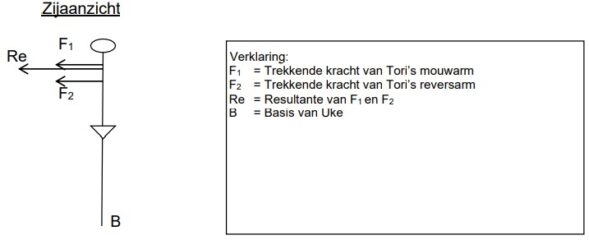Tani-otoshi 谷落
Valley Drop
Classification: Yoko-sutemi-waza (side sacrifice technique)
Translation:
-
Tani = valley
-
Otoshi = drop
Technical Description
Tani-otoshi is a side sacrifice throw in which tori uses uke’s backward momentum to collapse their posture and bring them down in a sweeping arc.
Tori breaks uke’s balance to the rear or rear-right corner, steps their left leg behind or to the outside of uke’s heels, and then falls onto their own left side, pulling uke diagonally backward into the “valley” created by the positioning of their body and leg.
Unlike forward sacrifice techniques, tani-otoshi is initiated from behind uke’s legs, making it highly effective as a counter or surprise technique.

Biomechanics of Tani-otoshi
This throw is a moment-based technique:
-
The force line (Re) is extended as tori redirects uke’s movement backward.
-
Tori pulls strongly with both arms (F1 and F2) while placing their leg behind uke’s heels to prevent retreat.
-
As tori drops to the mat on their side, uke is pulled off balance and projected backward and downward, completing the throw.
It relies heavily on timing, positioning, and a deep commitment to the drop.

Did You Know?
The evolution of judo rules began with Jigoro Kano himself. In Mind Over Muscle, Kano reflects on the need for structured and safe competition rules:
“I consulted with others and approached the head of the Butokukai to see what could be done to improve the situation. Eventually, we decided to revise the rules, and after numerous meetings in Tokyo and Kyoto, we established a new set of regulations in 1922. Although we continued to find faults, with further revisions a final version was adopted in 1925. No doubt the rules will continue to evolve, but I believe that after years of study, we’ve come a long way.”
— Jigoro Kano, Mind Over Muscle, p. 31–32
To this day, the judo community continues to revise the rules—to enhance safety, preserve tradition, and improve the fluidity and fairness of the game.